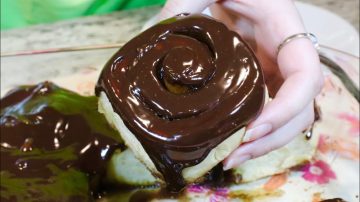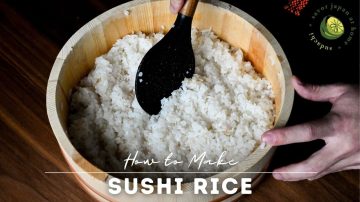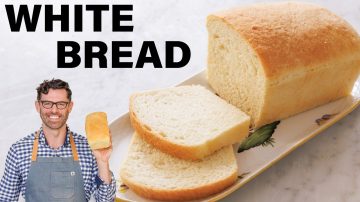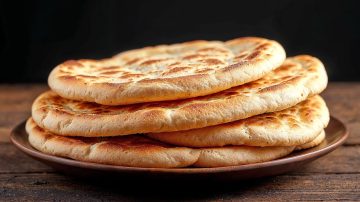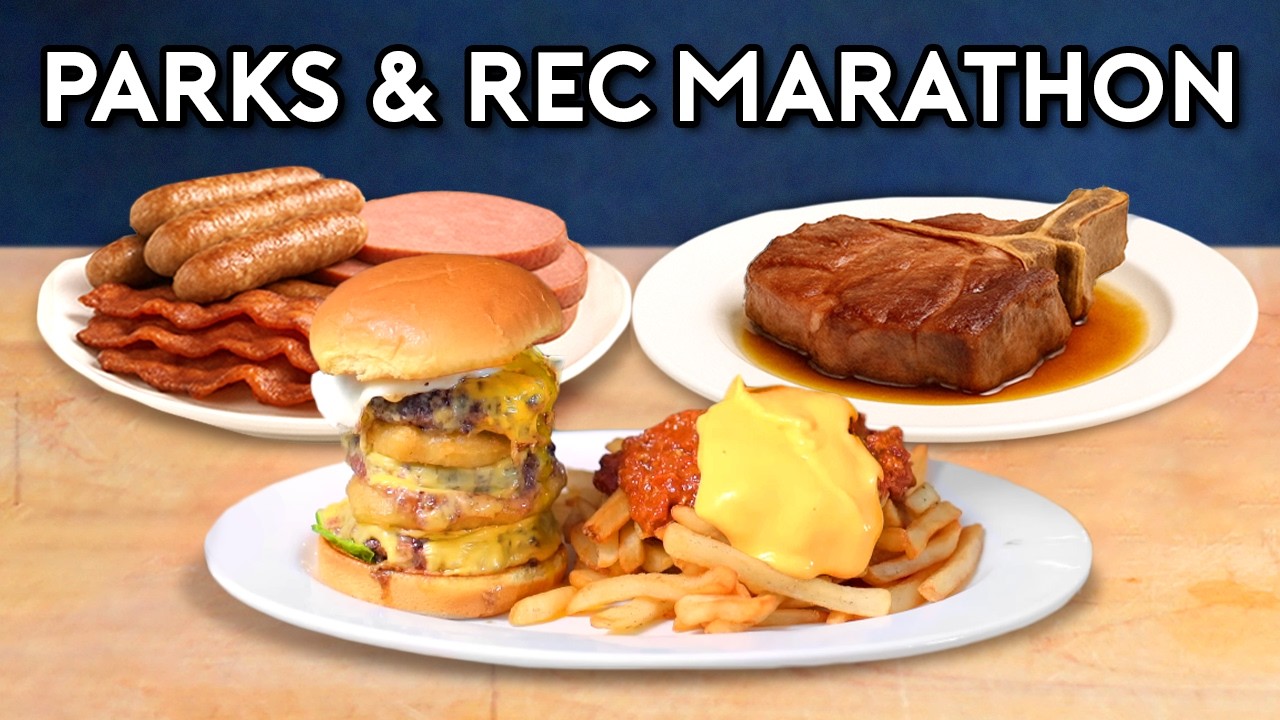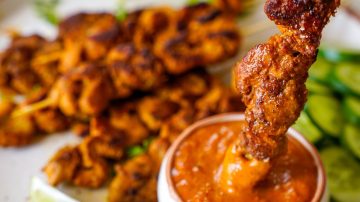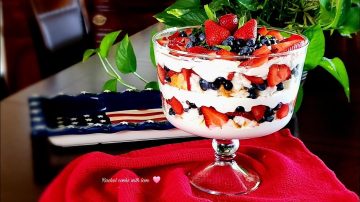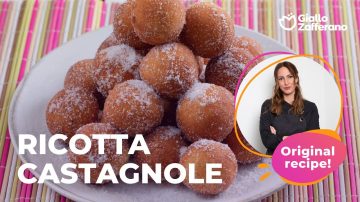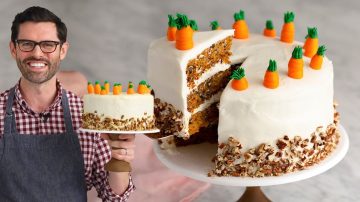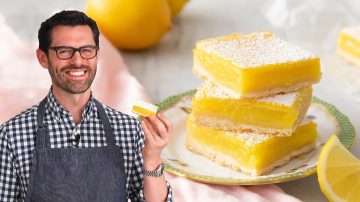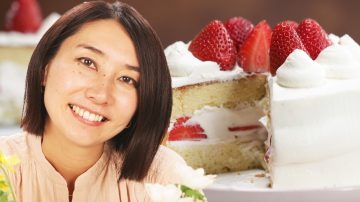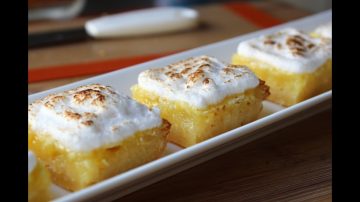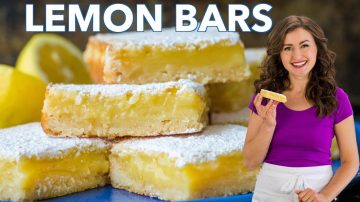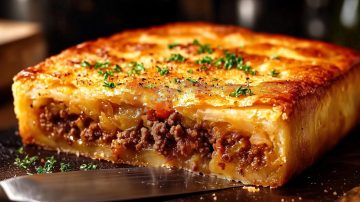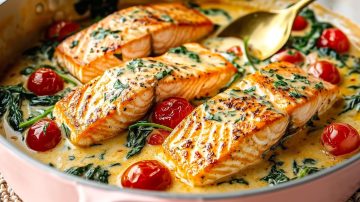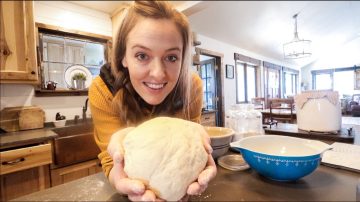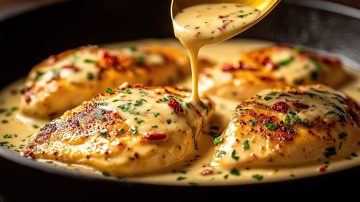How To Make Perfect Caramel
Video Stats
Recipe Overview
Overview
Making caramel can seem daunting, but with this straightforward recipe, you’ll be able to master it in no time. The key is to control the temperature carefully, especially when making dry caramel, which is the more challenging method. By adding sugar gradually and avoiding stirring, you can achieve a smooth, glossy finish without any crystallization.
For those who might be intimidated by the dry method, the recipe also offers a simpler approach using water. This method is perfect for beginners and allows you to create delicious caramel without the fear of burning sugar. As the sugar melts and turns a beautiful amber color, you’ll see how rewarding the process can be.
Once your caramel is ready, you can pour it out to create stunning decorations or crush it to mix into other desserts. This versatility makes caramel a fantastic addition to many recipes, whether you’re topping a cake or adding a sweet touch to a creamy dessert. With practice, you’ll find that making caramel is not only achievable but also incredibly satisfying.
Recipe Details
Steps & Tips
Use a steel saucepan with a heavy bottom.
Add sugar gradually, one tablespoon at a time, to the saucepan.
Tip: Keep the heat very low to prevent the sugar from burning.
Wait for each tablespoon of sugar to completely melt before adding the next.
Tip: Do not stir the sugar while it melts to avoid crystallization.
Use a thermometer to ensure the caramel reaches 160° for light caramel or close to 180° for dark caramel.
Pour in water and add sugar to ensure it is evenly covered.
Wait for the sugar to melt over low heat and allow it to simmer.
Watch for the sugar to turn pale gold and then amber.
Tip: Be careful not to exceed 180° to avoid burnt sugar.
Pour the caramel out into a single slab or create swirling patterns.
Tip: You can create swirling patterns with the caramel for decoration.
Tip: Crush the caramel in a mixer for a special touch in creams.
Skill Level
Frequently asked questions
Below you will find answers to the most common questions about this recipe.
Got a Recipe Question? Ask Away!
Interesting Tidbits
- •Dry caramel requires careful temperature control to prevent burning.
- •Adding sugar gradually helps achieve a smooth caramel without crystallization.
- •The final temperature for light caramel is 160°, while dark caramel reaches close to 180°.
- •Using water to make caramel is a beginner-friendly technique.

